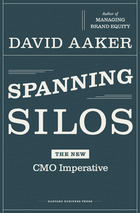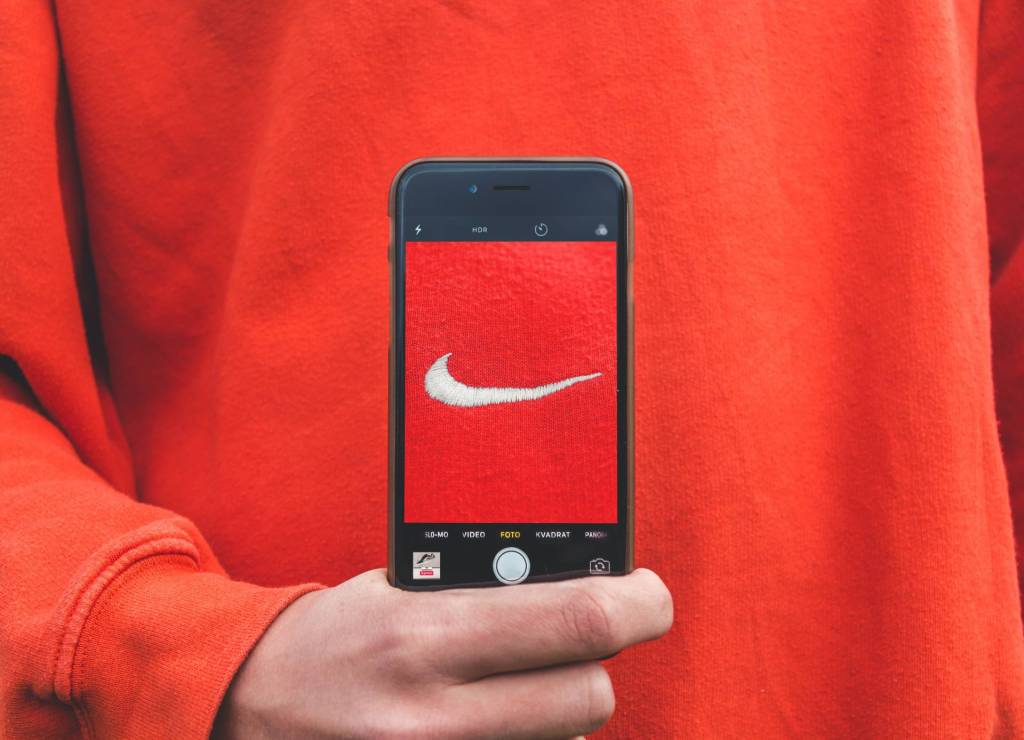Today, I spoke with marketing pioneer, David Aaker, about his new book “Spanning Silos.” The main idea we talk about is how silos are impediments to great marketing. Silos isolate people, ideas and creatvity and by making it a corporate wide issue, companies can become more successful. Innovation is the key these days and when it comes to personal branding, you want to be in a creative environment, where you can interact (network) with as many as your coworkers as possible. Networking within a company harvests productivity.
What are spanning silos and why are they jeopardizing companies’ marketing efforts?
“Silos are organizational units defined by product, countries, or functions.”
They can be monumentally inefficient and, worse, barriers to great marketing and brands. Most operate in isolation if not in competition with each other.
They foster inefficiency, inhibit synergy, fail to leverage skills and successes, lead to resource misallocation, diffuse competence in key marketing activities, and create brand confusion. In tough economic times, such inefficiencies and barriers can mean the difference between business success and disappointing marketing performance or even survival.
What are some ways a CMO can break down silo walls to foster cooperation and synergy?
My research involving over 40 CMOs reported in my book Spanning Silos has several headlines.
- First, the role of the CMO team in the absence of a crises and changed business
 strategy, may be a nonthreatening one such as being a facilitator, consultant, or service provider. Such roles can avoid organizational stress and CMO flameout while still going a long way toward creating a communication and cooperation processes and culture and thus addressing many of the silo-driven issues.
strategy, may be a nonthreatening one such as being a facilitator, consultant, or service provider. Such roles can avoid organizational stress and CMO flameout while still going a long way toward creating a communication and cooperation processes and culture and thus addressing many of the silo-driven issues. - Second, silos can and should be a vehicle to test and refine ideas. Perhaps more important, silos can be a source of ideas for breakthrough products or marketing campaigns that can be rolled out across the organization. McDonald’s “I’m lovin it” came from Germany and Pantene’s “Hair So Healthy It Shines” came from Taiwan.
- Third, one way to get buy-in from the organization is to align the role of marketing with that of the CEO’s priority agenda. Focus on growth objectives instead of brand extensions, efficiency and cost objectives instead of marketing synergy or scale, and building assets to support strategic initiatives instead of brand image campaigns.
- Fourth, use cross-silo teams to create relationships and communication channels. To succeed the team needs to have members with good group skills as well as the right expertise, leaders that can deal with multiple cultures, and clarity of mission.
What is the impact of globalization on corporate marketing programs?
They need to be concerned with coordinating the programs across countries and regions. Usually brands and programs need to be adapted to local culture but, also there is potential for shared ideas and synergistic programs of the “I am different” silo culture can be overcome.
CMO’s only last a few years on the job. Why is this? What stories have you heard from the more successful CMOs?
Actually, the number is 23 months less that half that of a CEO. The basic reason is that silos have power and don’t have to communicate and cooperate. The often believe that they know their products and markets well and that anyone else inserting themselves would only waste time. They usually have no motivation to reduce the silo walls because they are evaluated solely on the silo performance.
How can we apply many of the concepts and ideas in your book to the individual trying to market their own personal brand?
The major takeaway for an individual is a recognition that silos are a major organizational challenge and that everyone has an opportunity to be part of the solution. There will be a big payoff to the person who can network, establish relationships, and communicate across silos. Even more to the person who can initiate cross silo programs. Some organizations formally measure such things but even those that don’t will recognize success that results.
——
David Aaker is the Vice Chairman of Prophet and the creator of the Aaker Model™. He has published more than 100 articles and 14 books, including Managing Brand Equity, Building Strong Brands, Developing Business Strategies, Brand Leadership, Strategic Market Management, From Fargo to the World of Brands, and Brand Portfolio Strategy. David is author of a forthcoming book, Spanning Silos: The New CMO Imperative, to be released October 2008.
He is also featured in a chapter of Conversations with Marketing Masters – a collection of insights from some of the world’s most influential marketing gurus. As the Professor Emeritus at the Haas School of Business, University of California, Berkeley, he has been awarded four career awards including the 1996 Paul D. Converse Award for outstanding contributions to the development of marketing.












